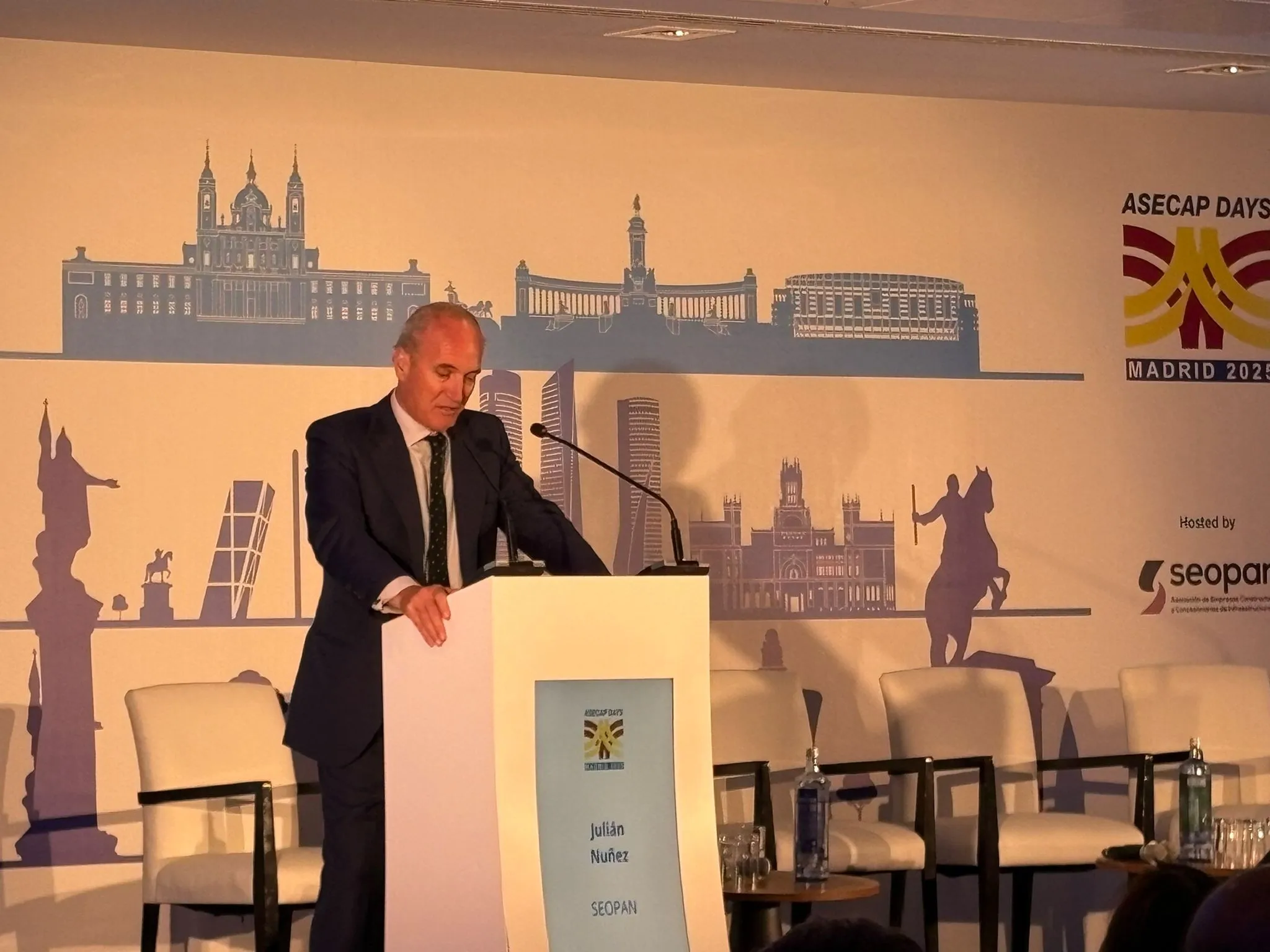Abu Dhabi traffic police are to introduce an electronic weather system to alert motorists of fog, rain, and visibility problems ahead. Dense fog is a major problem for motorists across the country in the winter months. Heavy dust storms in summer also affect visibility. The system uses the latest technology and combines the tracking systems, patrols distribution information, traffic accident analysis system, and smart traffic awareness system of the Smart Traffic System Centre at the Abu Dhabi Police and T
March 7, 2013
Read time: 2 mins
Abu Dhabi traffic police are to introduce an electronic weather system to alert motorists of fog, rain, and visibility problems ahead. Dense fog is a major problem for motorists across the country in the winter months. Heavy dust storms in summer also affect visibility.
The system uses the latest technology and combines the tracking systems, patrols distribution information, traffic accident analysis system, and smart traffic awareness system of the Smart Traffic System Centre at the Abu Dhabi Police and Traffic Directorate (STSC) with variable message signs (VMS).
Brigadier Engineer Hussain Ahmad Al Harthi, director of Abu Dhabi Police Traffic and Patrols Directorate, said the STSC will work with weather sensors to receive reports from the National Centre of Meteorology and Seismology (NCMS).
“The STSC will help us determine the number of patrol cars to be dispatched and distributed accordingly across the capital. Meanwhile, VMS will broadcast to drivers the new temporary speed limits for this period of time,” he said.
He said that the new system will also help the police to react quickly to accidents and incidents that may follow to prevent pile-ups on the roads.
Al Harthi said that the Directorate has launched some twenty traffic programmes in recent months in a bid to raise public awareness on road safety. The initiatives aim to increase public education on issues such as the importance of wearing seat belts, reducing speeds, respecting pedestrians, maintaining safe distances between vehicles among other concerns.
The system uses the latest technology and combines the tracking systems, patrols distribution information, traffic accident analysis system, and smart traffic awareness system of the Smart Traffic System Centre at the Abu Dhabi Police and Traffic Directorate (STSC) with variable message signs (VMS).
Brigadier Engineer Hussain Ahmad Al Harthi, director of Abu Dhabi Police Traffic and Patrols Directorate, said the STSC will work with weather sensors to receive reports from the National Centre of Meteorology and Seismology (NCMS).
“The STSC will help us determine the number of patrol cars to be dispatched and distributed accordingly across the capital. Meanwhile, VMS will broadcast to drivers the new temporary speed limits for this period of time,” he said.
He said that the new system will also help the police to react quickly to accidents and incidents that may follow to prevent pile-ups on the roads.
Al Harthi said that the Directorate has launched some twenty traffic programmes in recent months in a bid to raise public awareness on road safety. The initiatives aim to increase public education on issues such as the importance of wearing seat belts, reducing speeds, respecting pedestrians, maintaining safe distances between vehicles among other concerns.









